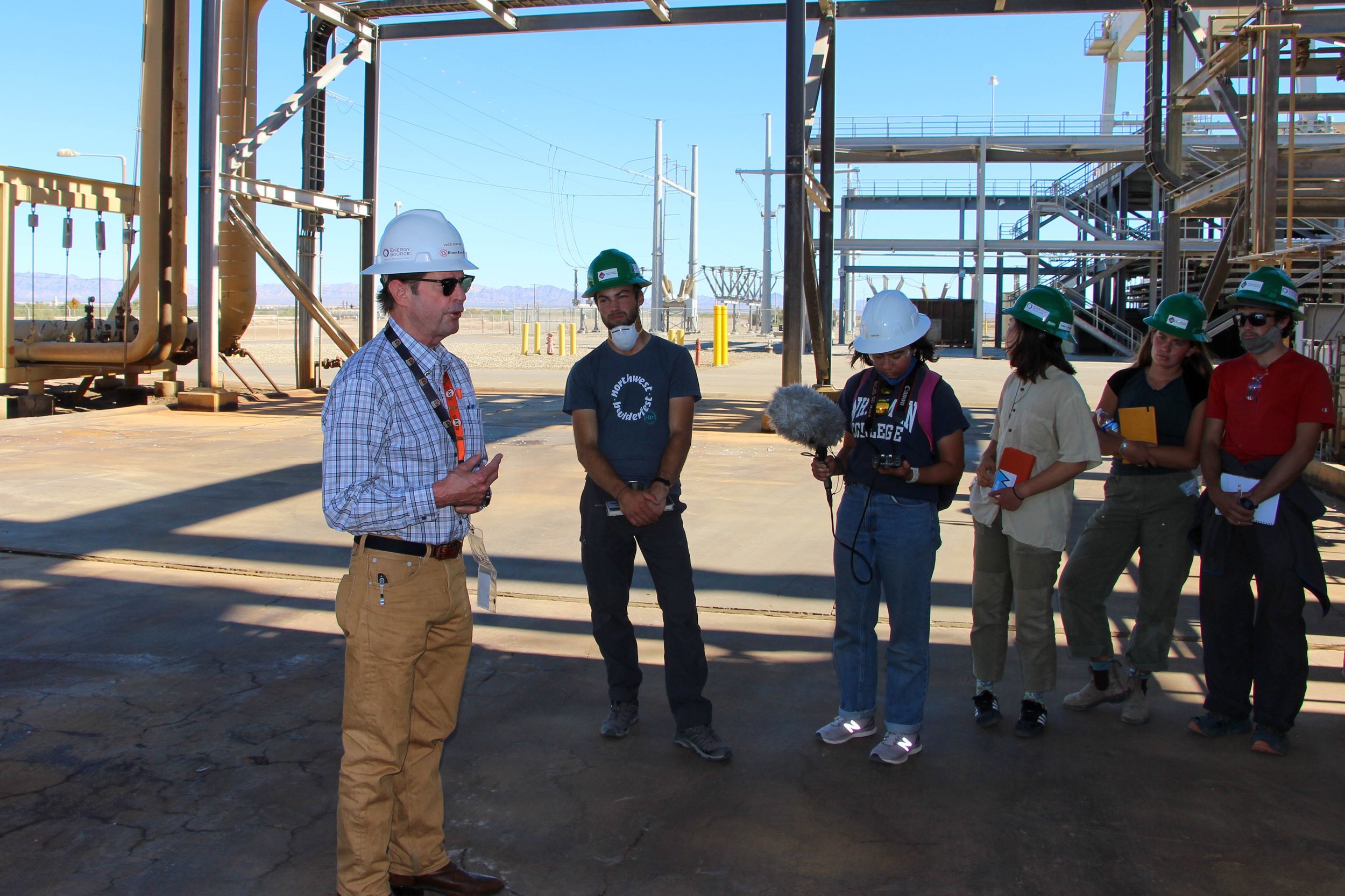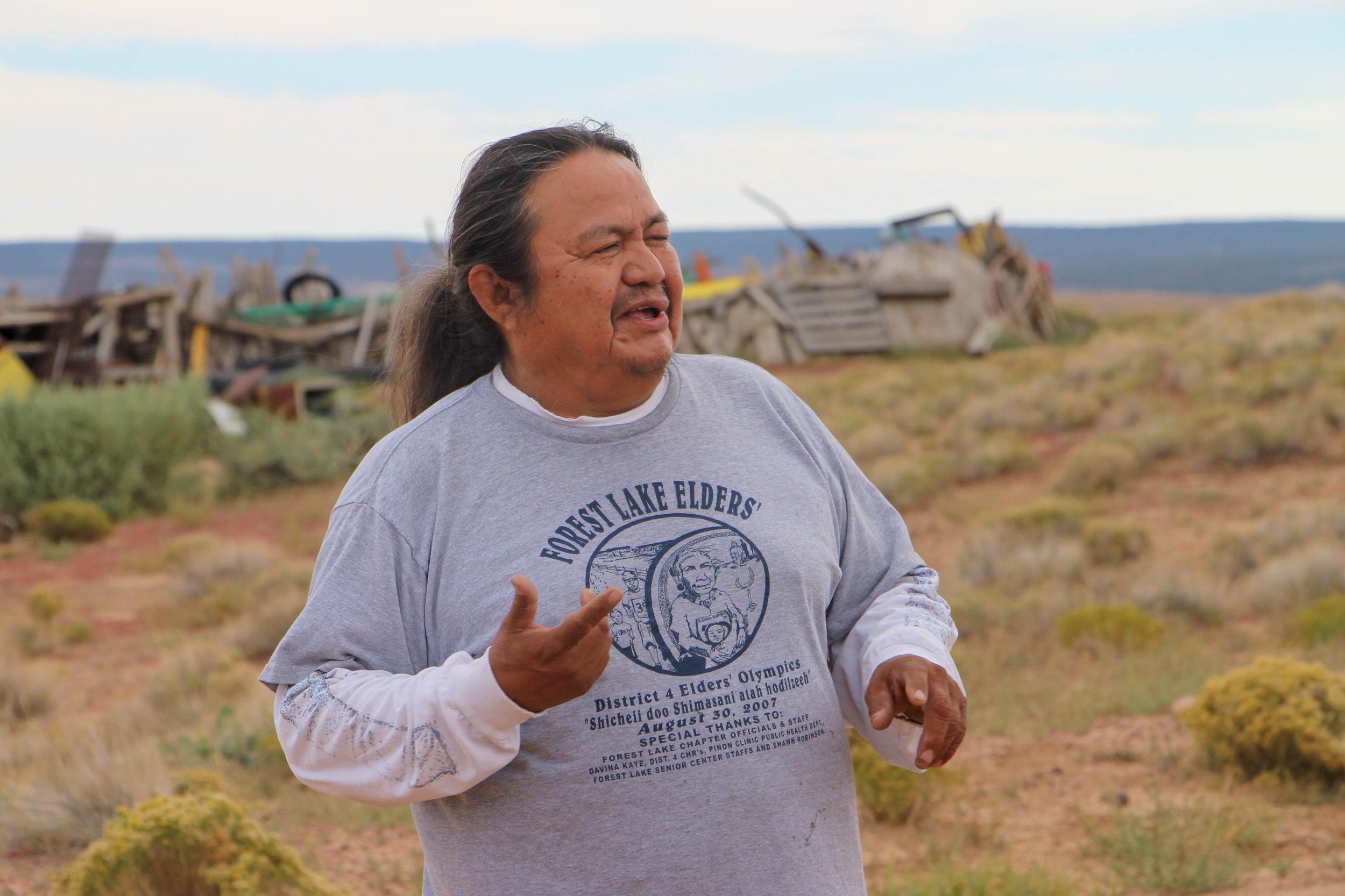Vince Signorotti
Vice President, Resource & Real Estate, EnergySource LLC
Calipatria, CA
11/11/21
Vince Signorotti is a Vice President at EnergySource, a California-based renewable energy company focused specifically on renewable geothermal energy. At their John L. Featherstone geothermal plant next to the Salton Sea in southern California, EnergySource drills thousands of feet into the Earth to harness salty groundwater that has been heated by the planet’s internal energy. They pump this brine to the surface to generate electricity from the steam it produces. Vince explained that this is while the process is expensive, it is carbon neutral and produces only minor byproducts. This is one of eleven plants operated by EnergySource in the Salton Sea area that collectively produce 380 megawatts of energy for the greater Phoenix area.
While touring the geothermal facility with Semester in the West, Vince explained with excitement that EnergySource has developed technology to extract lithium from the brine they use to generate energy. With predictions that all vehicles will be electric by 2035, Vince and his company expect demand for lithium to be used in batteries to increase dramatically. Unlike most other forms of lithium mining in operation today, EnergySource’s extraction technology requires a very small footprint: together with the geothermal equipment (which provides the electricity for the extraction process) the John L. Featherstone plant will take up only 33 acres on the surface. While this technology is not currently running they have plans to start building the additional infrastructure this coming spring.
By Wes Johnston


